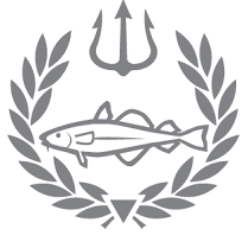I departed on July 5th for my five day internship with the Cambrian Foundation. When I arrived at the Orlando airport, Ricky drove me over to Renee Power’s house, where I would be staying for the next few days. That night, a portion on the team arrived for a project briefing. Basically, Renee and Rima went over what we would be doing for the next five days. The goal of the mission was to collect water samples from different stations in four different caves. In addition to this, some bacterial and critter samples would be taken. To do this cave divers would enter the cave each day to collect the samples. After they returned the samples, the surface support team would run water quality tests on the samples. Our first spring, Sanlando Spring, was located in a private gated community. Today, I would perform my checkout dive with Bob Giguere. Before this, however, I listened to the walk through that the cave divers do before they go into any cave. During their walk-through, they rehearse how each sample will be taken and put in the correct bag, so that the surface support would be able to tell which station each sample came from. After the walkthrough, I geared up in the searing Florida sun and hopped in the water to wait for all the cave divers to don their pounds and pounds of specialized gear. Bob and I watched as the cave divers splashed and entered the cave. After all three cave divers (Renee, Andy and George) had dissapeared, Bob and I began swimming around the spring in search of wildlife. It wasn’t hard to find. Swarming around the cave entrance is a school of Plecothymus. The Plecos are a tropical invasive species that resulted from the dumping of large “algae eaters” from home fish tanks into springs. Though the Plecos are certainly not native, they do not appear to be harming the ecosystem and are fun to watch. They make frequent trips to the surface of the water to gulp air for an unknown reason. Bob and I also spotted a turtle and tons of tiny tropical fish like guppies, living in the shallows. Several egrets and other birds where aware of their presence too and fished consistently while we were there. I also spotted what looked like a sampling bag that the divers took with them in the middle of the spring. We later found out that a diver had dropped the bag and the current carried it out. At the end of our dive I exited the water broke down my gear and went to the surface team, headed up by Rima, to see if they needed any help. I was put to work shaking water samples with little packets of cadmium in them for the nitrate test. Soon enough all the water samples had been tested and it was time to pack up an go home. At Renees house after the sampling we went over the plan for the next day at Wekiwa Springs. Somewhat of a logistical nightmare, Wekiwa has five testing stations as opposed to Sanlando’s three. The divers and Rima planned out the activities for Wekiwa and went on their way, everyone needing their rest after such a long day.
